About SAGA
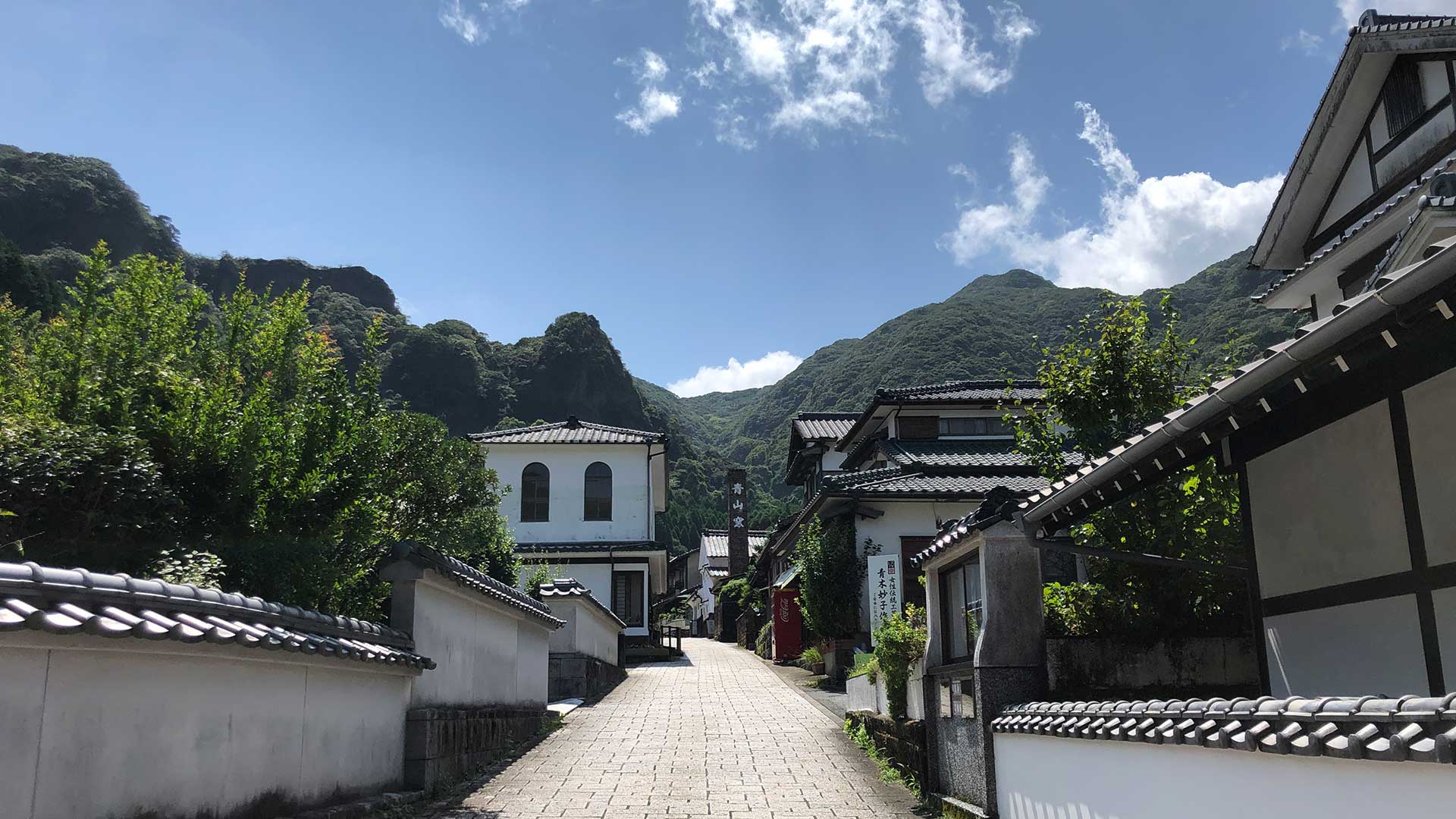


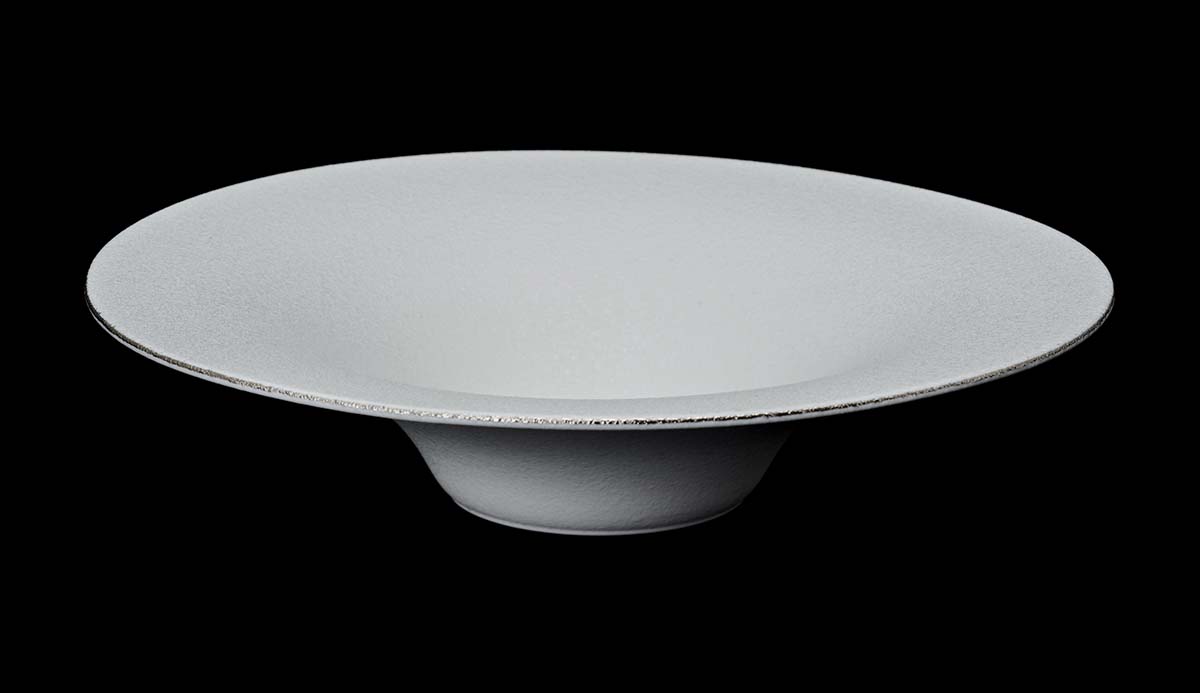
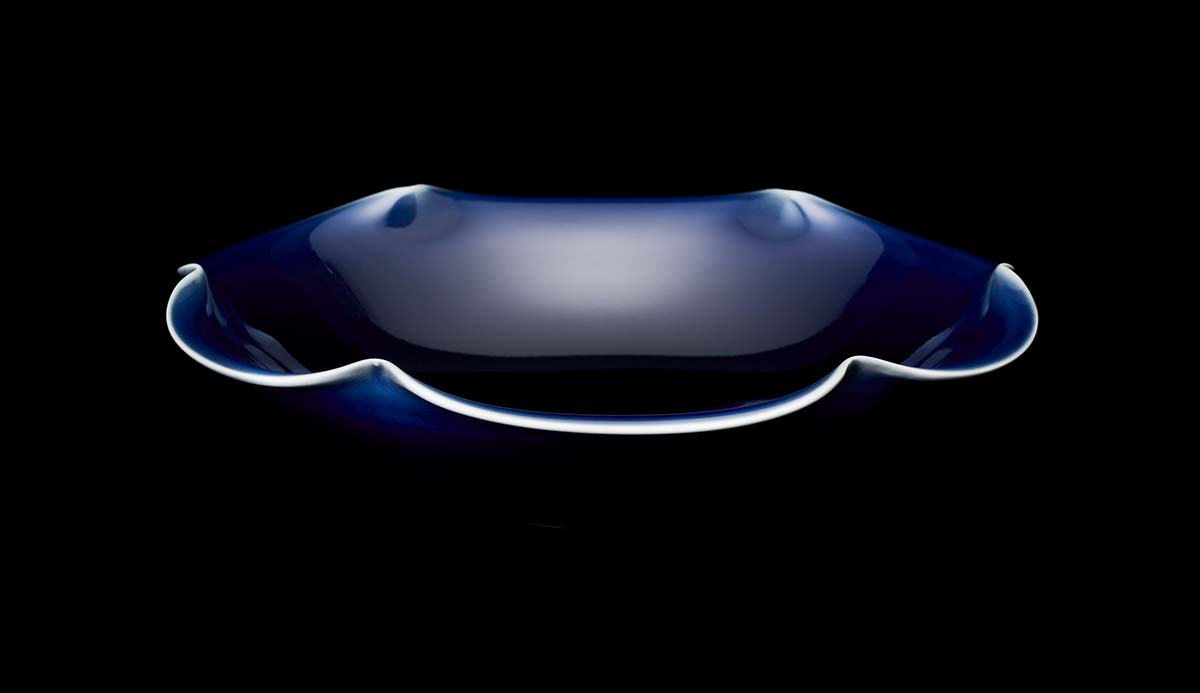
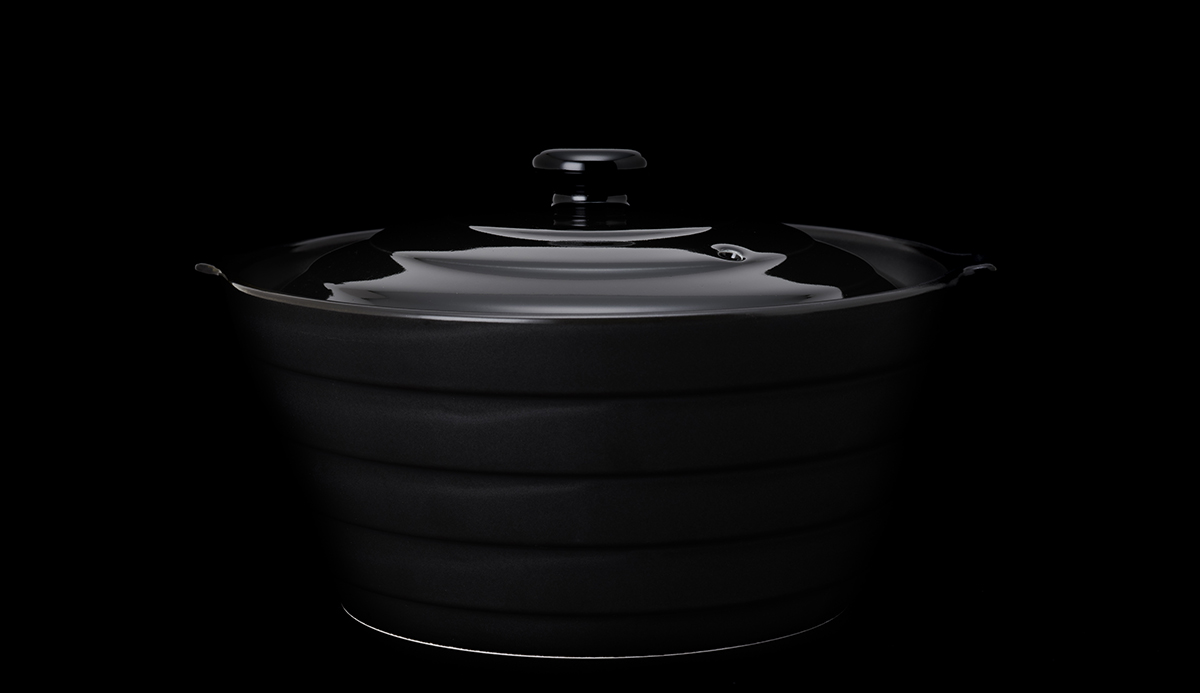
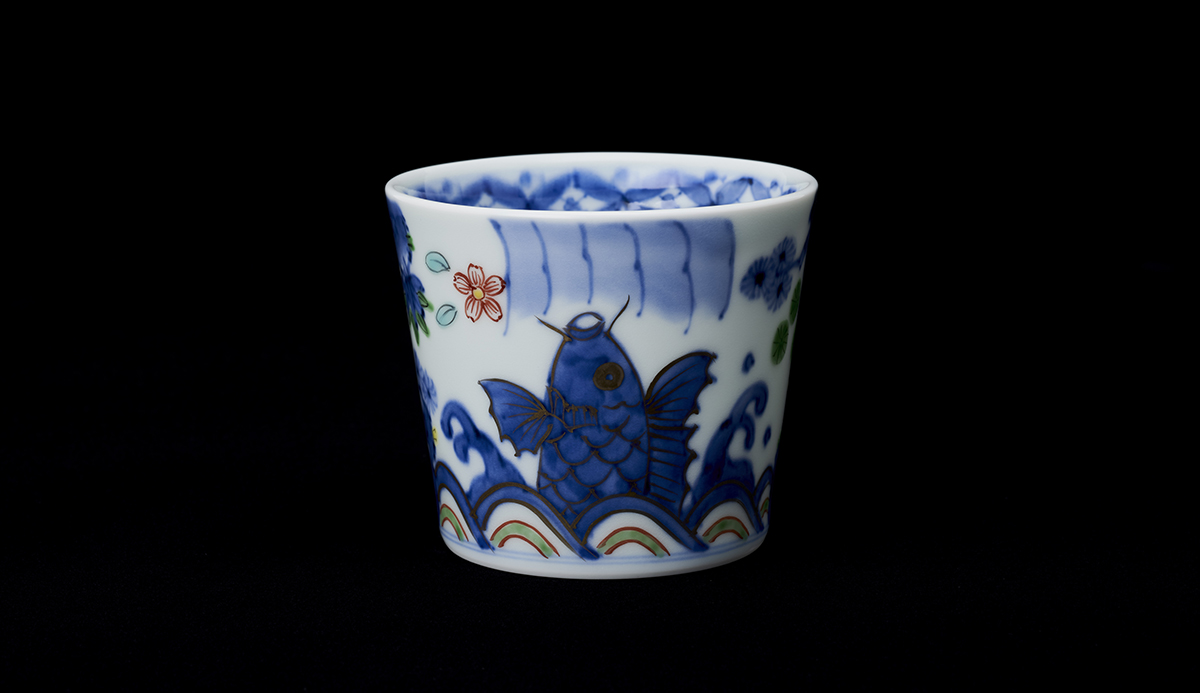
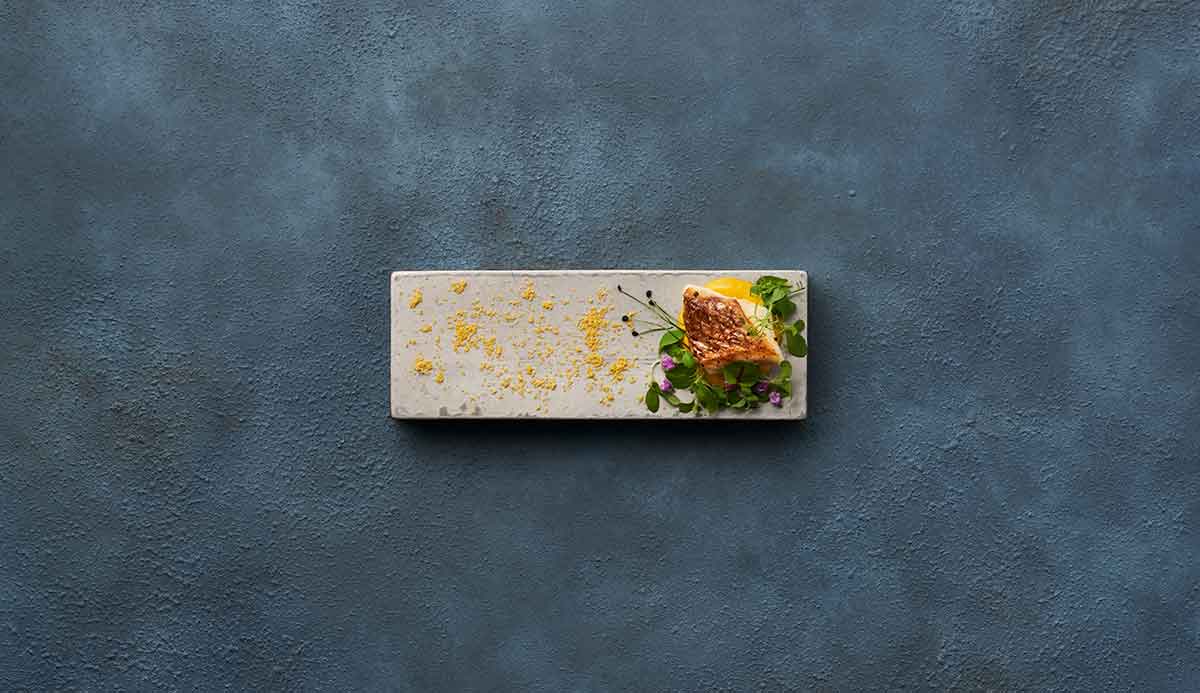
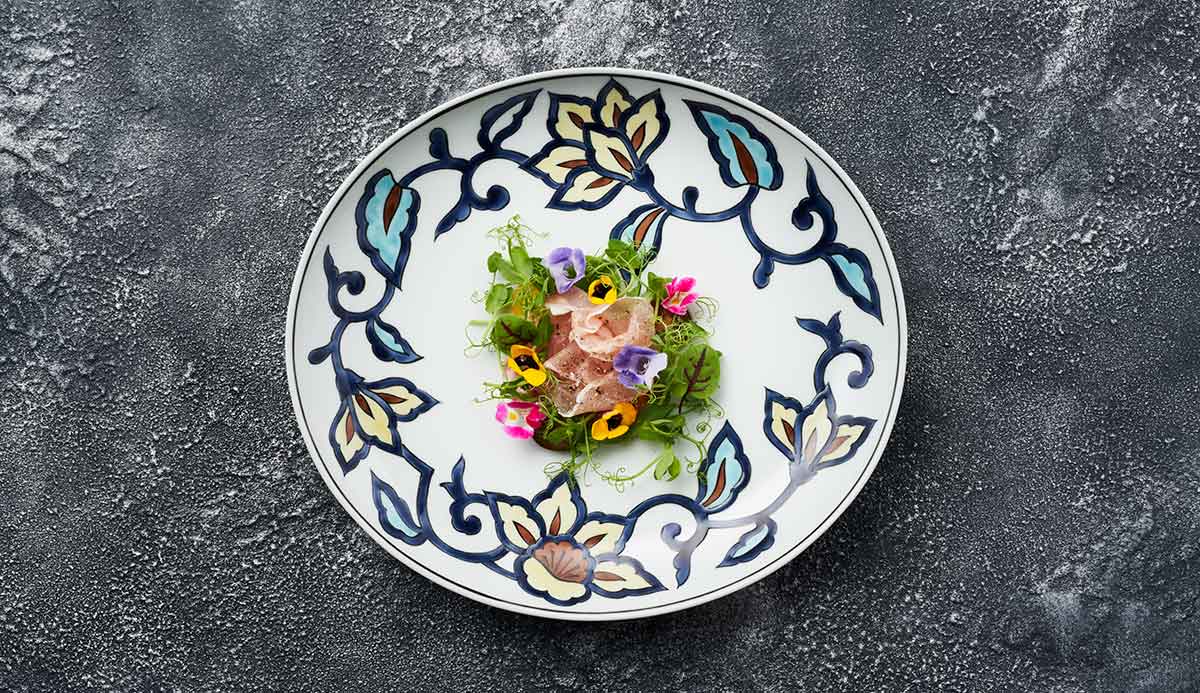
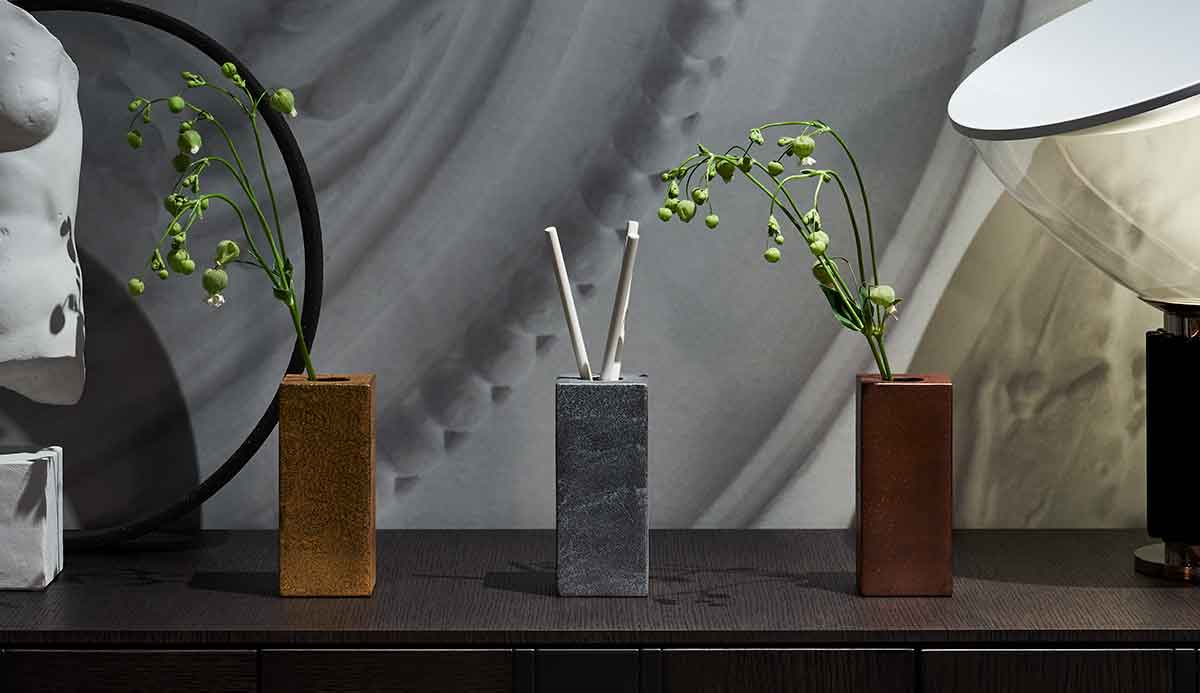
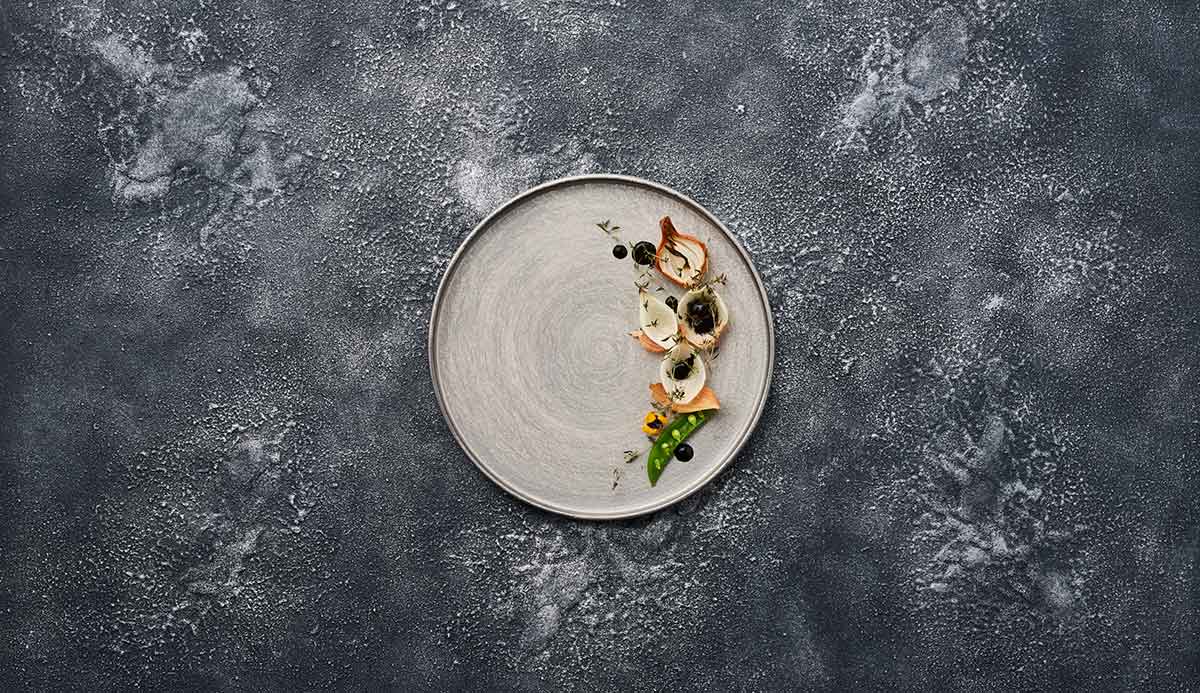
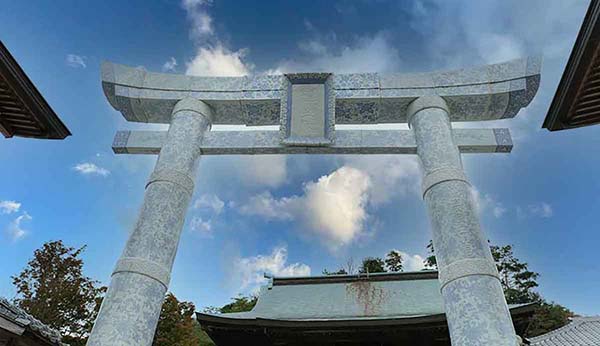
It was built around 1658. The torii gate (a gateway at the entrance to a shrine) and the guardian dogs in the precincts are made of Arita ware like a town of ceramics. The torii gate, made of white porcelain with a pale blue arabesque design, has been designated as a registered tangible cultural property of Japan.
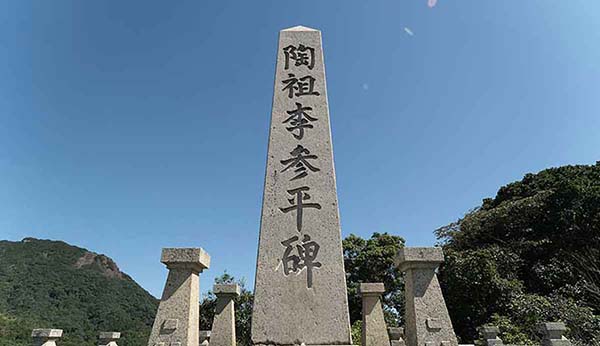
Yi Sam-pyeong is a potter who came from the Korean Peninsula, and he is the founder of Arita ware. The monument was built in 1917 to commemorate the 300th anniversary of Arita ware. It is located on a hill overlooking the town, about 10 minutes up the mountain from the Sueyama Shrine.
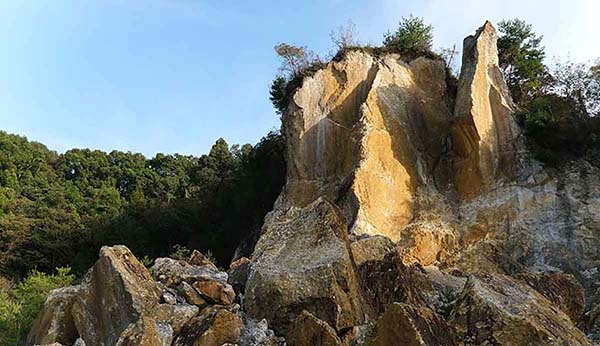
Izumiyama is the place where a Korean Yi Sam-pyeong discovered the high-quality pottery stone, the raw material for porcelain. And this place became the beginning of the 400-year history of Arita ware. In the pits, you can see the traces of pickaxes, proving that mining was done by hand.
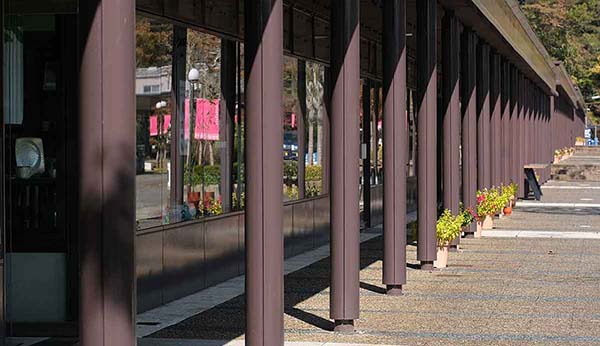
A five-minute drive from Arita Station. This is a shopping mall where you can enjoy the magnific Arita ware. Porcelain specialized shops stand side by side in the land of about 66,000 square meters .
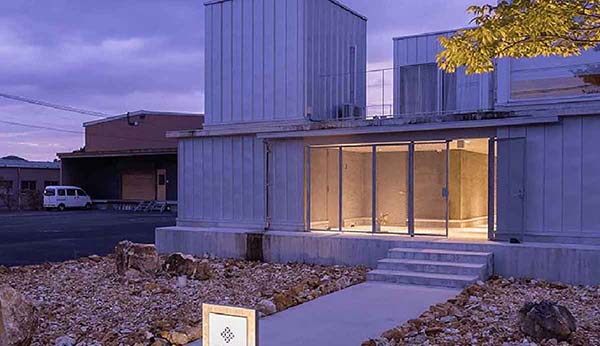
The arita huis is a hotel with 11 guest rooms which was opened in April 2018. There are rooms for domestic and foreign tourists visiting for a short period of time, as well as rooms for overseas creators staying for a long period of time.
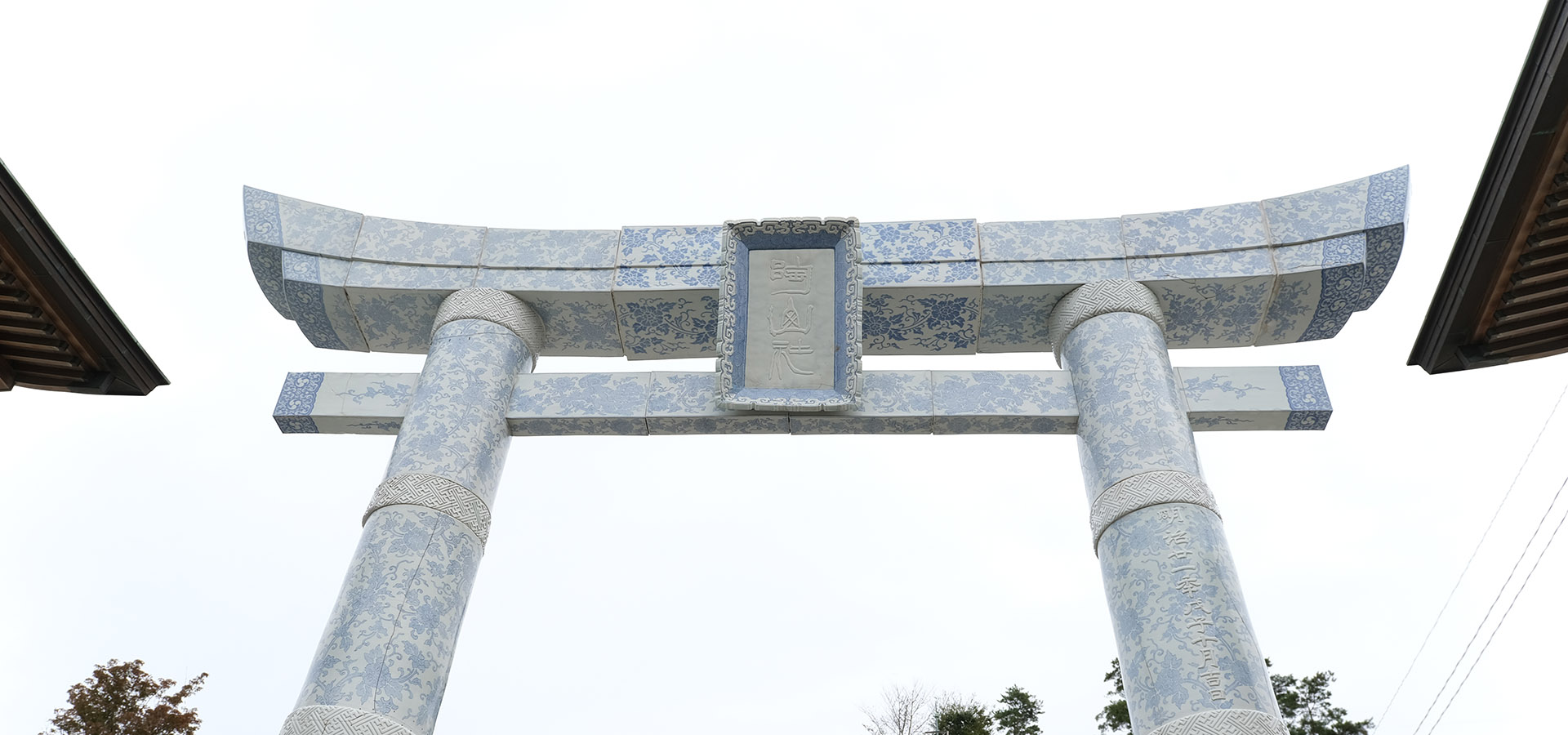
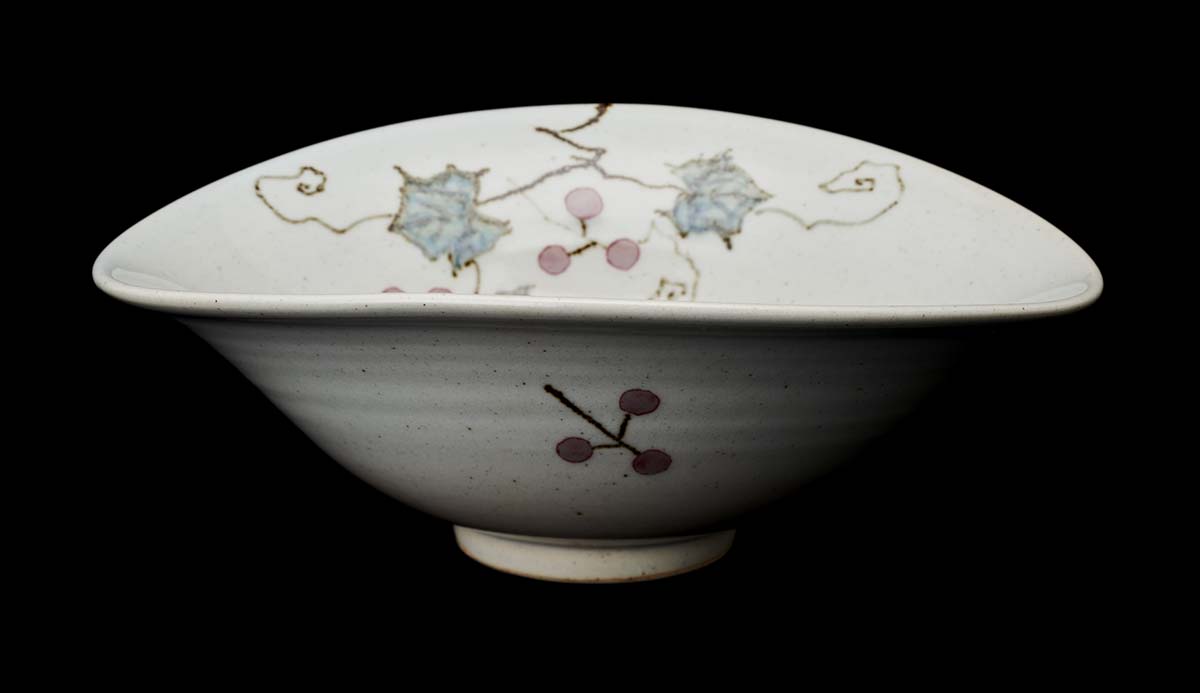
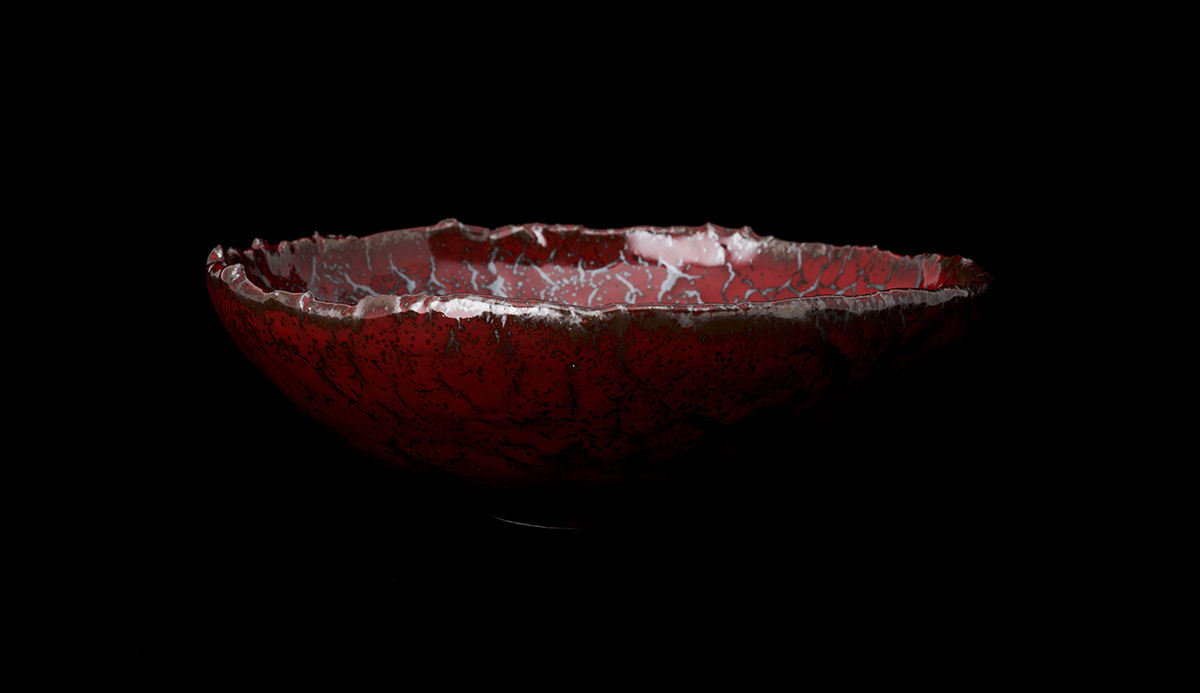
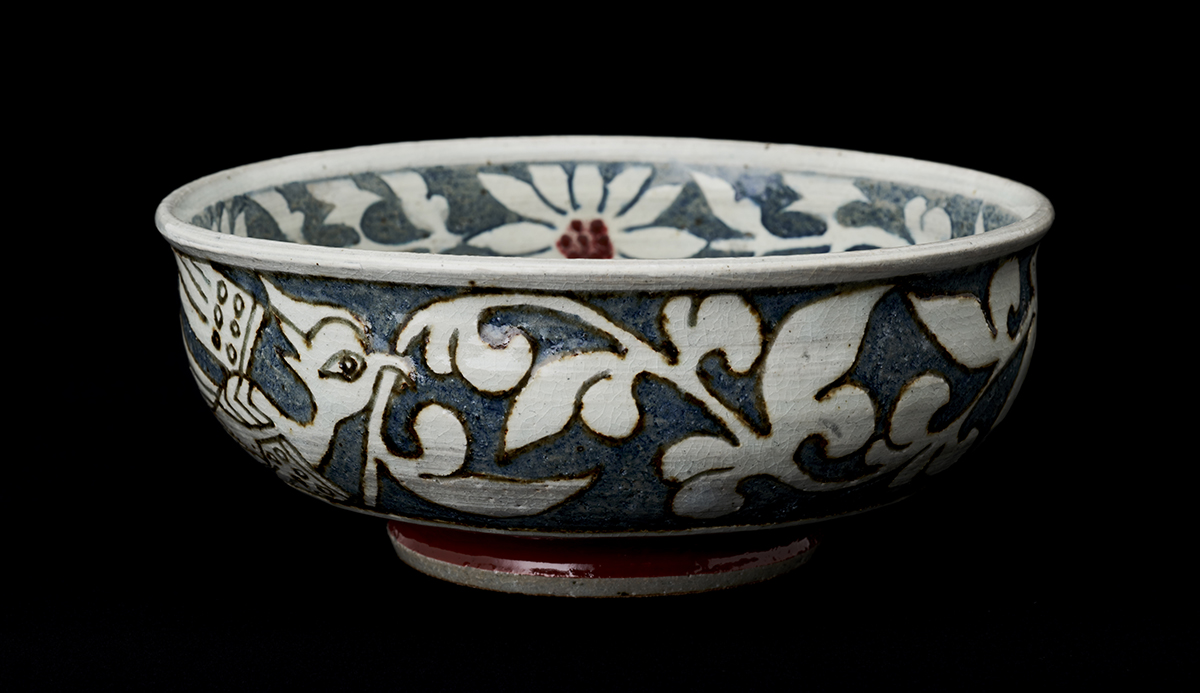
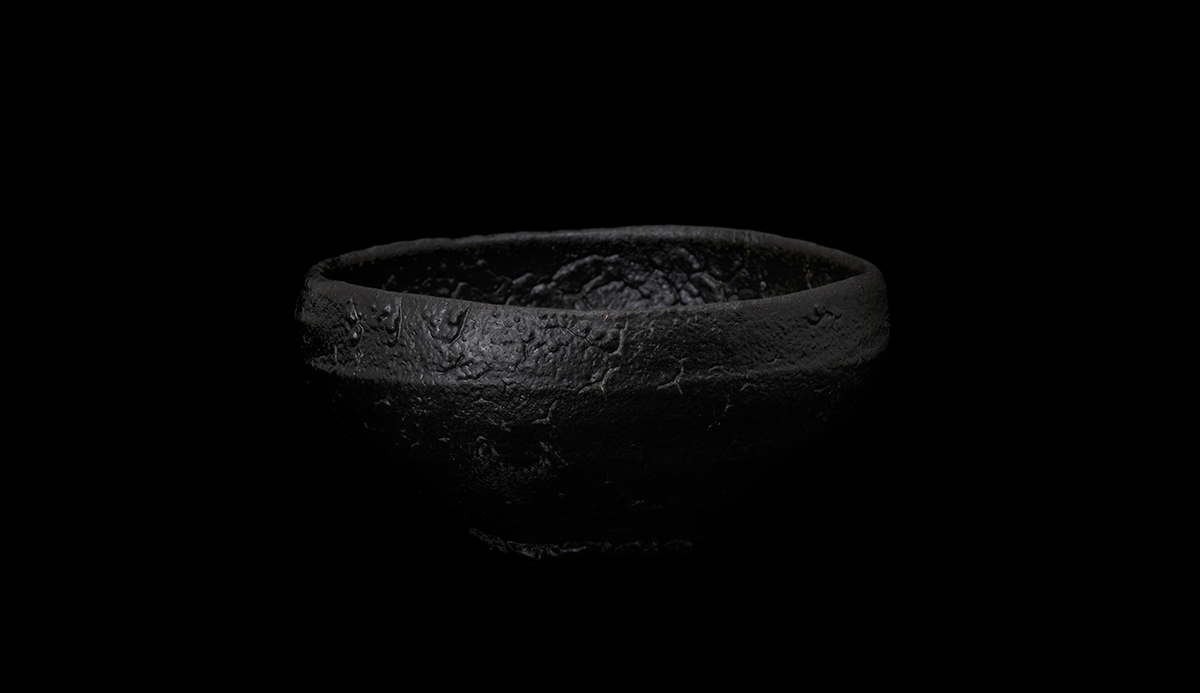
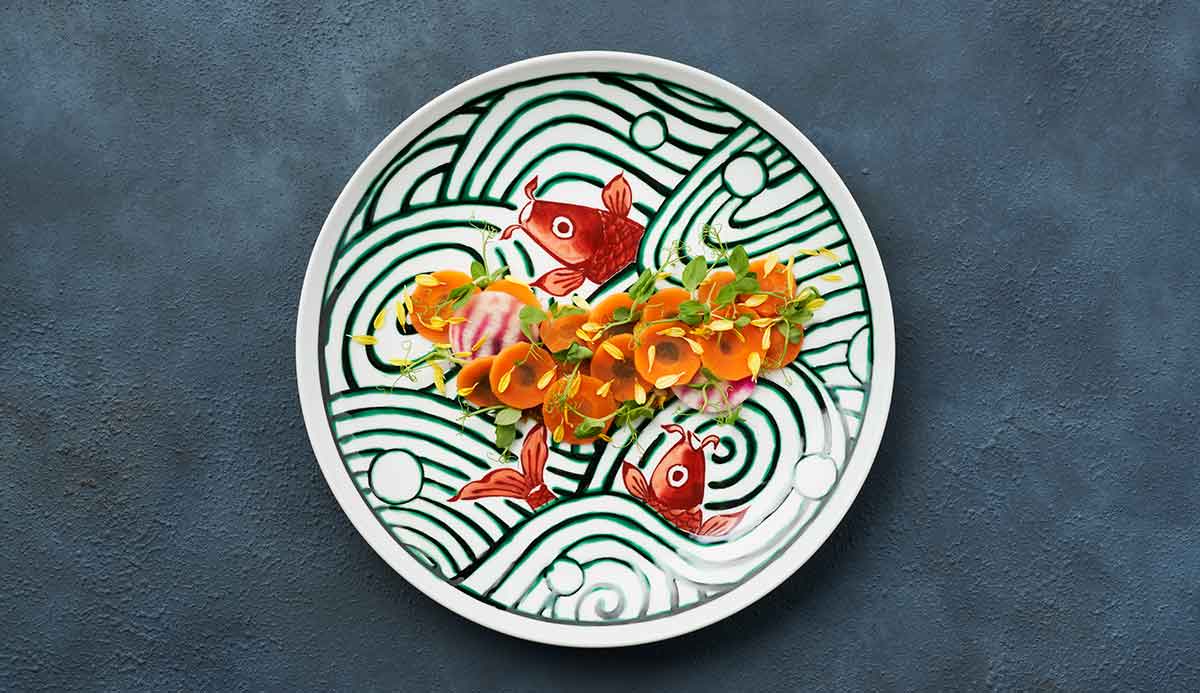
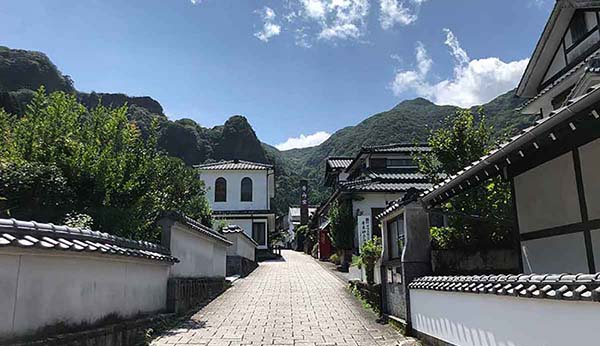
The area called “Uchiyama” was the center of porcelain production that started in the Edo period (1603-1868). Japanese and Western-style buildings from the Edo period to the early Showa period (1926-1989) are remaining in this area, and the area has been designated as a Preservation District for Groups of Historic Buildings.
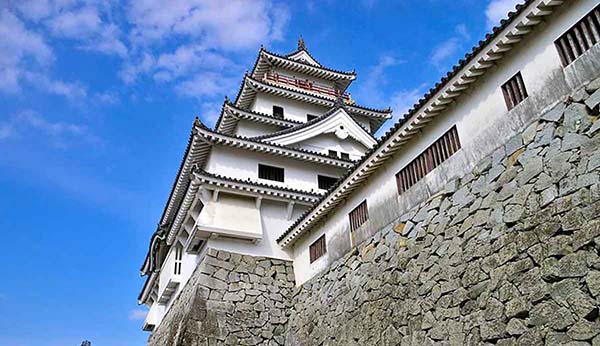
This castle was built in 1608. Karatsu Castle was located on an island called Mt. Mitsushima which was accessible from the land, and they built the main building of the castle on this mountain which was surrounded by the sea and rivers on three sides. The castle was abandoned in 1871 when the feudal domain system was abolished, and the ruins of the main castle became Maizuru Park. A magnificent five-story castle now towers majestically. The castle is also called Maizuru Castle (Flying Crane Castle) because the pine groves on either side of the castle resemble the shape of a crane spreading its wings.
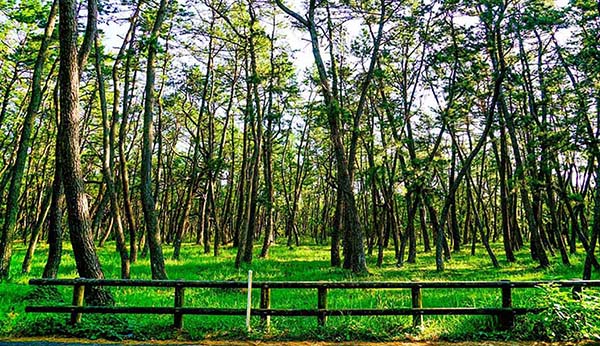
Spanning a length of beach in view of the castle, Niji no Matsubara stretches along the coast with a fabled count of over one million hand planted pine trees. The man-made forest was created by Karatsu’s first Domain Lord, Terazawa Hirotaka, as a wind breaker to preserve crops from wind damage. The forest is approximately 500 meters wide, and 4.5 kilometers long. Niji no Matsubara stands with Miho Matsubara and Kehi Matsubara as one of the three most precious pine forests in Japan, and has been designated as a national area of scenic beauty in Japan.
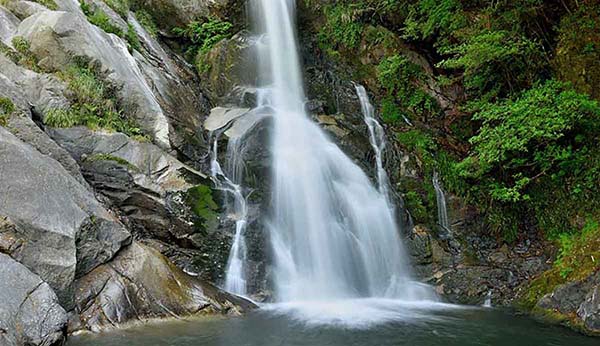
This waterfall is in Ouchi town, Karatsu city, and was selected as one of the best 100 falls in Japan. You can enjoy cherry blossoms in the spring, deep green in the summer, and autumn leaves in the fall, and they color the waterfall in each season. The hydrangeas in June and July are particularly spectacular. About 40,000 hydrangeas of 50 varieties, including blue, pink, and purple, create a splendid landscape with a magnificent waterfall, which is said to be the largest in Kyushu. The entire area around the waterfall has been developed as a waterfall park, where you can view the waterfall from various angles.
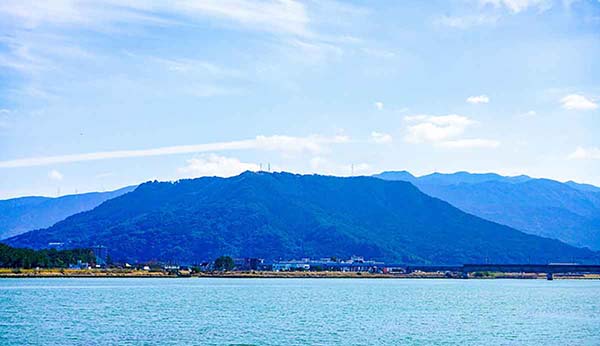
Its elevation is 284 m. You can enjoy a spectacular view from the top of the mountain of not only the city, but also the national scenic beauty of Niji no Matsubara, Karatsu Bay, and the shadow of Iki Island in the distance. The winding 5km road leading to the top of the mountain is a popular driving course. Also, Mt. Kagami has all sorts of legends and has a long history which is even written about in the Manyoshu (the oldest anthology of Japanese tanka poems).
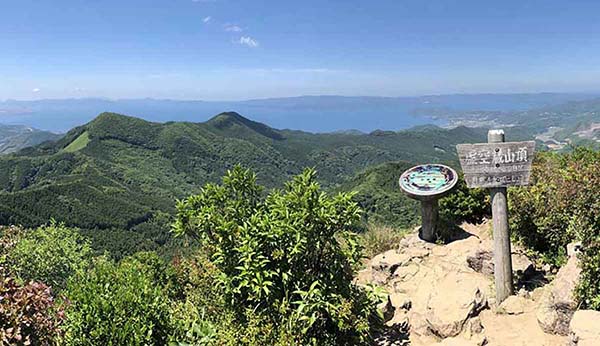
The contrast between the rock walls and the trees is stunning in this place. The quiet deep forest and mountains are like the world of a landscape painting. Ryumon Gorge at the foot of West Mountain is also recommended to visit. The rock protruding from the top is Tendo Rock. From the top of this rock, you can enjoy a wonderful view, and if the weather is good, you can see as far away as Unzen. It was a sacred mountain where Buddhist monks practiced asceticism from ancient times, and so there are still Buddhist statues and temples. the natural monument Gleichenia laevissima in the mountain’s foothills. The area around this mountain is designated as a prefectural natural park. There are two dams in the park, the Ryumon Dam and the Arita Dam, and the Kyushu Nature Trail crosses the center of the park area.
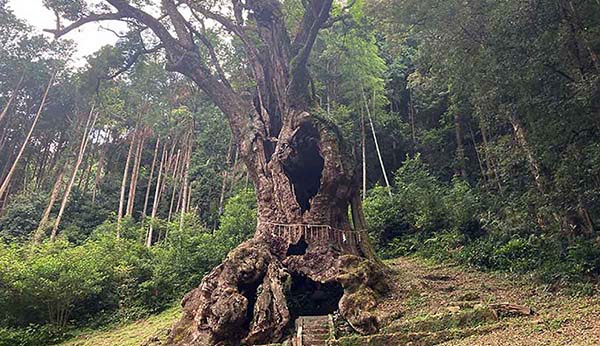
Okusu (a giant camphor tree) of Takeo is ranked number 7 out of the giant trees in Japan. It is said to be more than 3,000 years old and is the sacred tree of the Takeo Shrine. From the main building of the Takeo Shrine, walk along a path surrounded by bamboo groves and you will come across a 3000-year-old giant camphor tree. The appearance of the tree which is so firmly rooted in the ground is breathtaking, and gives us energy. The deity Tenjin is enshrined at the roots of the tree.
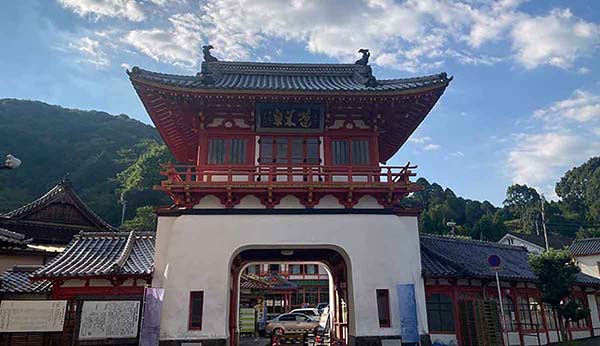
The red-coated Romon (two-storied gate) in the Takeo hot spring evokes the feeling of Ryugu-jo (a castle in a Japanese folktale). This gate was designed in 1915 by Kingo Tatsuno, who was from Karatsu city, Saga prefecture, and who was famous for designing Tokyo Station, which was made from red brick. Takeo hot spring’s temperature is about 52 degrees C. It is classified as an alkaline simple hot spring, and its water feels soft on the skin. The water is clear and is said to be extremely effective at relieving fatigue. Many famous people such as the lord of the Saga Domain, Musashi Miyamoto, and Philipp Franz von Siebold are said to have bathed here.
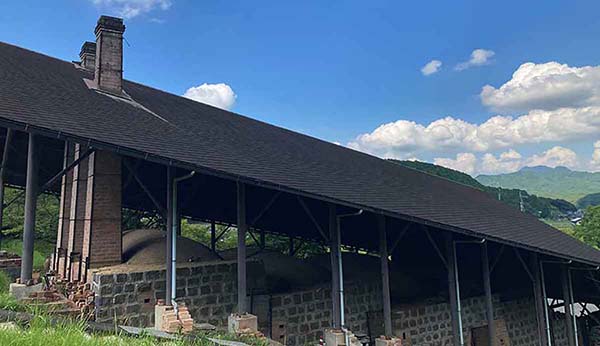
This kiln is located in the Takekoba Kiln No Mori Park in the Kuromuta, Takeuchi-cho, Takeo City, which is the birthplace of Takeo ware. It is a huge ascending kiln which was built in reference to the ascending kiln that was used until around 1945. This kiln is 23 meters long and is capable of firing 120,000 teacups at a time.